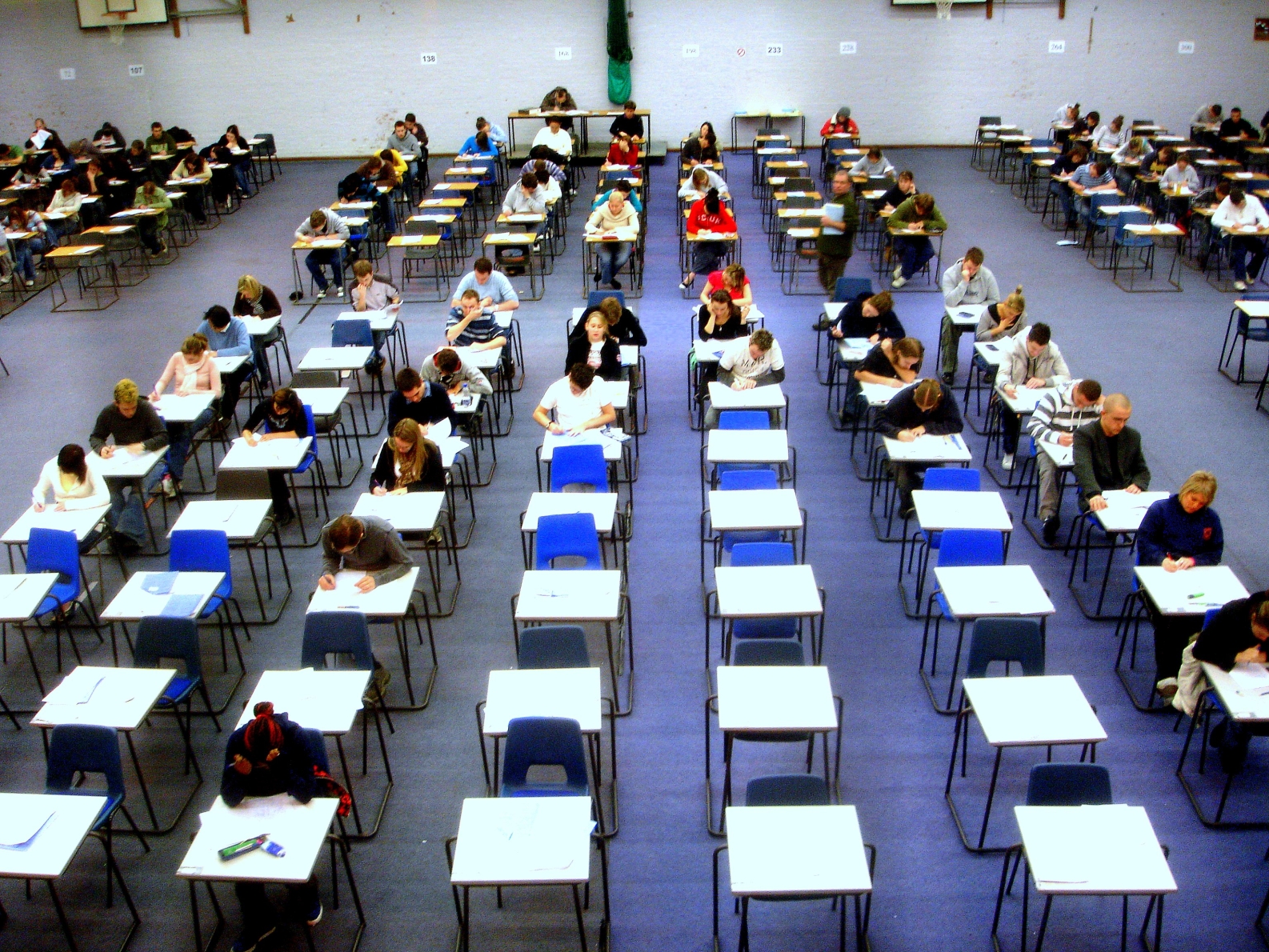The first few weeks of a new semester are vital to creating a sense of belonging for students and setting expectations for the semester ahead. Whilst this is true and important in a ‘normal’ year, it is absolutely crucial for our commencing students in 2022 who have, of course, experienced the ongoing effects of multiple lockdowns, remote schooling and uncertainty. As outlined in our shared Principles for first year transition in 2022 and beyond, we need to ensure (rather than assume) that these students have a sense of capability – i.e. an understanding of what is required of them in our classes as they reacclimatise to study. Similarly, it is our responsibility to develop a sense of resourcefulness – a shared knowledge of the ‘hidden curriculum’ of ‘unspoken rules’ around how to effectively study and how classes work.
There are a number of simple and short activities, built from strong pedagogical principles and the psychology literature, that teachers can use on the Transition Resources Hub. These encourage students to feel welcome and part of the community of learning at Sydney, and to engage with their studies, teachers and each other in rich ways which are safe and productive, as well as informed by their experiences pre, during and perhaps even post-pandemic.
One such very simple but important way of promoting a positive learning environment and developing a sense of capability and resourcefulness is to run a classroom expectation and norms-setting activity.
What are classroom norms?
In contrast to rules, which are (usually) teacher-generated, norms are an agreement among members of a class or group about how they will treat one another (Borich, 1988)
Establishing classroom norms sets the tone of a class, helps to provide clear guidelines on how to behave, can decrease instances of incivility, and enables students and lecturers to feel psychologically safe expressing their ideas or points of view. Writing shared class norms can help to ensure that students feel that their contributions will be valued and respected.
How to run a norms activity
Ideally, a norms activity should be run in the first or second tutorial. Running it in the first week can be a great way to set the tone of the unit, but there is some suggestion that it may be better to run it in week 2 or 3 so that students have had time to see how they work together.
The activity should be adapted so it’s relevant to the cohort and discipline. Norms should reflect the learning outcomes and assessments of the unit, for example if there is a learning outcome to “negotiate and persuade” then the norms should reinforce that outcome. If a learning outcome asks for students to connect content material to personal experiences, then norms that support protecting privacy and creating a safe environment for sharing personal information are important. If participation is assessed, then norms that reflect a shared understanding of what is expected can help. It’s also a great opportunity to introduce the idea of a culturally safe and respectful environment.
A suggested lesson plan is:
- Students individually write down their experiences based on some prompts such as
- What was the best group discussion you have been part of and what made it so good?
- What is the worst group discussion you have been part of and what made it so bad?
- Have you ever experienced or witnessed a negative experience in a group discussion or meeting? How did this make you feel about contributing to discussions? How do you think this situation could have been improved?
- In small groups, students share their experiences of their best and worst experience, then together choose 5 characteristics of a good discussion. For each characteristic, they choose a norm to follow. For example, for “Everyone gets a chance to speak” the norm would be “Don’t monopolise the conversation“.
- As a whole group, students vote for the best norms and reach a consensus of the behaviour which is expected in class. If there still is disagreement, there should be a general set of norms which are expected. It’s useful to put a list of the norms somewhere prominent in Canvas and return to it throughout semester as a reminder.
For more details on how to run a norms activity, including lessons plans and resources for face-to-face or online, please self-enrol in the Transition Resources Hub https://canvas.sydney.edu.au/enroll/TLDHY9 then go to the Setting class norms activity page.
Tell me more
Susan Ambrose’s book provides many excellent ideas for teaching. The classroom norms activity can be found in the appendix:
- Ambrose, Susan A et al. How Learning Works: Seven Research-Based Principles for Smart Teaching. 1st ed. San Francisco, CA: Jossey-Bass, 2010. Print.
- https://teaching.cornell.edu/resource/getting-started-establishing-ground-rules
- http://teachersnetwork.org/ntny/nychelp/mentorship/norms.htm
For more activities for improving the transition to university in the crucial first few weeks of semester, go to the Transition Resources Hub
Any questions? Please contact Ruth Weeks via email: [email protected]






2 Comments